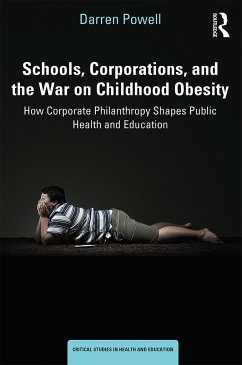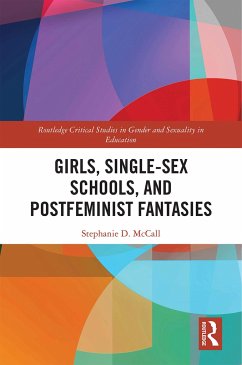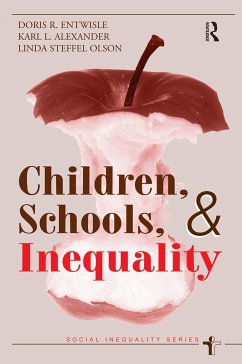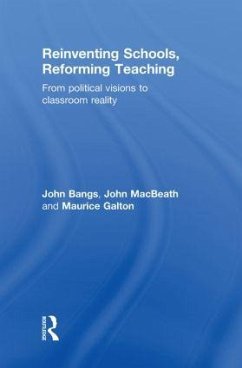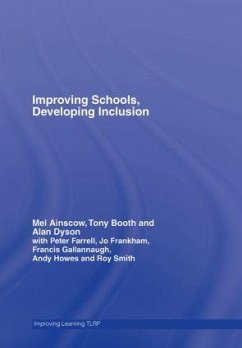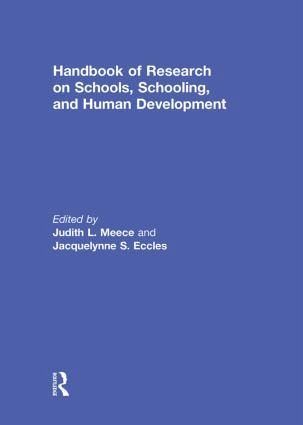
Handbook of Research on Schools, Schooling and Human Development
Versandkostenfrei!
Versandfertig in 1-2 Wochen
321,99 €
inkl. MwSt.

PAYBACK Punkte
161 °P sammeln!
Children spend more time in school than in any social institution outside the home. And schools probably exert more influence on children's development and life chances than any environment beyond the home and neighborhood. In spite of this, there has never been a comprehensive handbook that attempted to assemble the widely dispersed body of research on the developmental effects of schools and schooling. That is the mission of this book. Topical coverage ranges from historical/theoretical foundations to investigative methodologies and from classroom-level influences such as teacher-student relations to broad, impersonal influences such as school and societal organizational patterns and educational policy. By bringing together critical findings from this loosely-coupled, cross-disciplinary field of study, this 31-chapter book provides a much-needed centerpiece around which the field can continue to grow in an organized and interdisciplinary manner.
Children spend more time in school than in any social institution outside the home. And schools probably exert more influence on children's development and life chances than any environment beyond the home and neighbourhood. The purpose of this book is to document some important ways schools influence children's development and to describe various models and methods for studying schooling effects. Key features include: Comprehensive Coverage - this is the first book to provide a comprehensive review of what is known about schools as a context for human development. Topical coverage ranges from theoretical foundations to investigative methodologies and from classroom-level influences such as teacher-student relations to broader influences such as school organization and educational policies. Cross-Disciplinary - this volume brings together the divergent perspectives, methods and findings of scholars from a variety of disciplines, among them educational psychology, developmental psychology, school psychology, social psychology, psychiatry, sociology, and educational policy. Chapter Structure - to ensure continuity, chapter authors describe 1) how schooling influences are conceptualized 2) identify their theoretical and methodological approaches 3) discuss the strengths and weaknesses of existing research and 4) highlight implications for future research, practice, and policy. Methodologies - chapters included in the text feature various methodologies including longitudinal studies, hierarchical linear models, experimental and quasi-experimental designs, and mixed methods.






